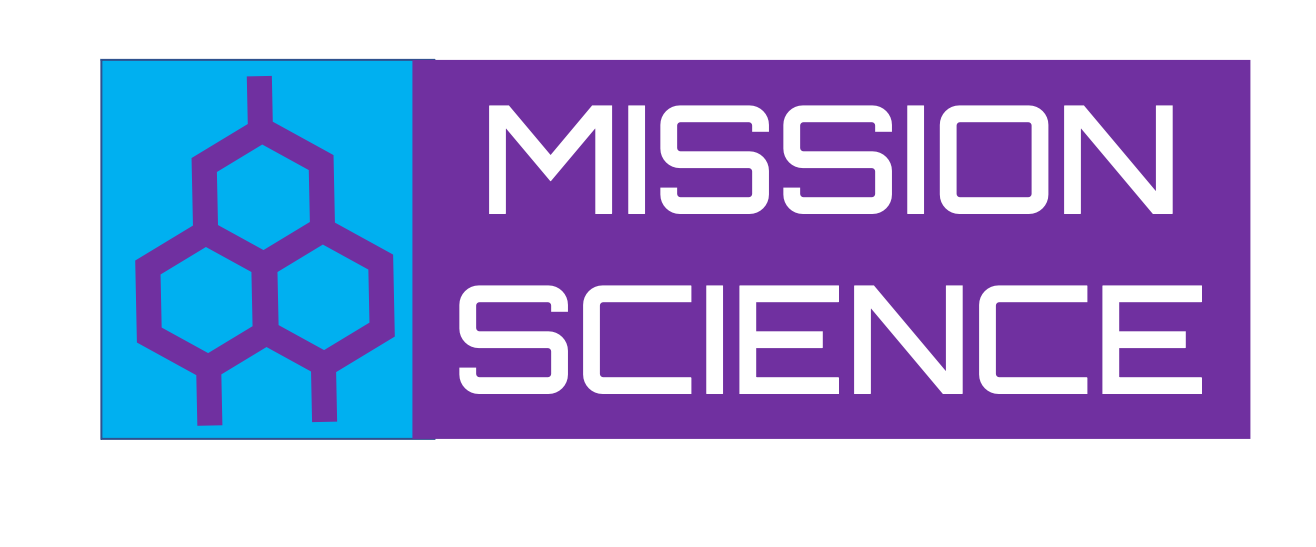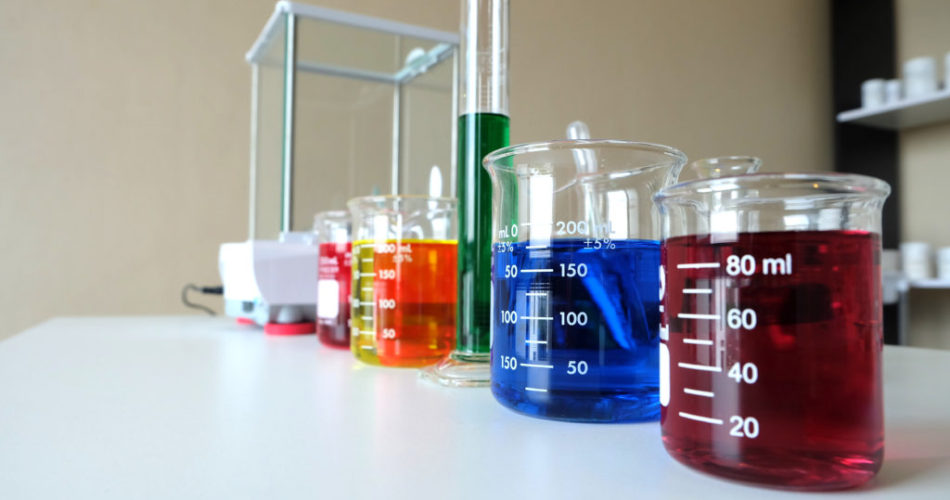All matter is made up of atoms. Atoms can be combined to produce substances. Substances are classified into elements, compounds, and mixtures. An element is a chemical substance that is made up of a particular kind of atom and cannot be broken down or transformed by a chemical reaction into a different element. All atoms of an element have the same number of protons, though they may have different numbers of neutrons and electrons. Elements are classified into metals, nonmetals, and metalloids.
Chemical substances are often called ‘pure’ to set them apart from mixtures. A mixture is made up of two or more different substances, which are mixed but not combined chemically. A mixture refers to the physical combination of two or more substances. Mixtures are classified as solutions, suspensions, and colloids. An alloy is a mixture of metals. Mixtures are homogeneous or heterogeneous. Homogeneous mixtures are solutions and heterogeneous mixtures are colloids and suspensions.
Two or more elements combined into one substance through a chemical reaction form a chemical compound. While all compounds are substances, not all substances are compounds! Compounds are organic or inorganic. Compounds that are primarily made up of carbon and hydrogen atoms are called organic compounds. Compounds can also be classified based on their pH value into acidic, basic, or neutral.
Physical changes can’t change the identity of a pure substance. Only a chemical change is strong enough to break a pure substance’s chemical bond. Biochemicals can be divided into four main categories called carbohydrates, lipids, proteins, and nucleic acid. Carbohydrates are used as a source of energy and include sugars, starches, and fibers. Lipids store excess energy in the body and make up cell membranes. They include fats, oils, and waxes. Proteins regulate the chemical activities of the body and structures. Nucleic acids such as DNA and RNA contain genetic information and help the body build proteins.

